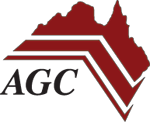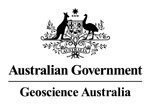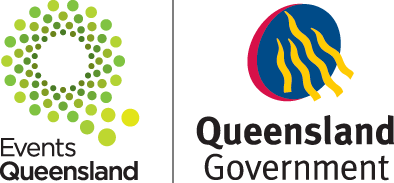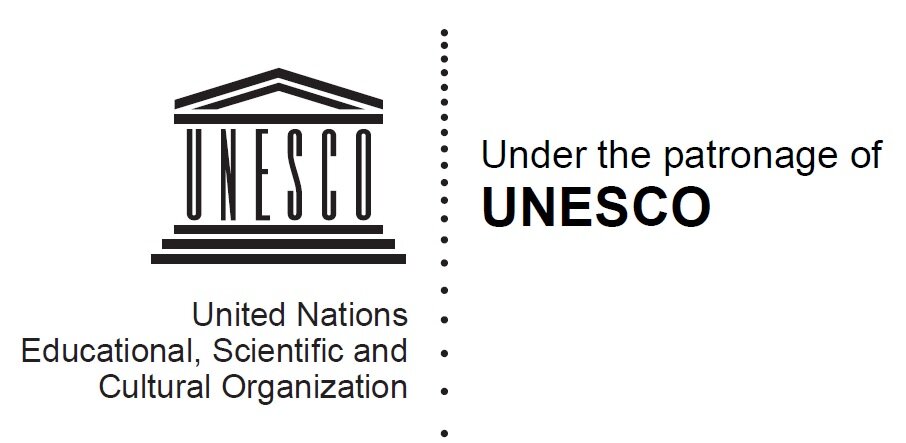|
|
You can claim a refund of the goods and services tax (GST) and wine equalisation tax (WET) that you pay on goods you buy in Australia. The refund only applies to goods you take with you as hand luggage or wear on to the aircraft or ship when you leave the country. About the Tourist Refund Scheme (TRS)The TRS enables you to claim a refund, subject to certain conditions, of the goods and services tax (GST) and wine equalisation tax (WET) that you pay on goods you buy in Australia. To claim a refund you must:
Claims at airports are available up to 30 minutes prior to the scheduled departure of your flight. Claims at seaports should be made no earlier than 4 hours and no later than 1 hour prior to the scheduled departure time of the vessel. The refund only applies to goods you take with you as hand luggage or wear (unless aviation security measures, effective from 31 March 2007, in regard to liquids, aerosols and gels prevent you from doing so) onto the aircraft or ship when you leave Australia. It does not apply to services or goods consumed or partly consumed in Australia, such as wine, chocolate or perfume. However, unlike other tourist shopping schemes, most of the goods, such as clothing and cameras, can be used in Australia before departure. The TRS is open to all overseas visitors and Australian residents, except operating air and sea crew. The GST refund is calculated by dividing the total amount of the purchase by 11. The WET refund is 14.5 percent of the price paid for wine. For example, if you buy goods for a GST-inclusive price of $660 you will receive a refund of $60. If the $660 is made up of a camera ($460) and wine ($200), you will receive a total refund of $89 (total GST refund of $60 plus $29 WET refund on the wine). New aviation security measures, effective from 31 March 2007, will affect the amount of liquids, aerosols and gels (LAGs) that can be taken as hand luggage on flights into and out of Australia. Further information in regard to the new measures is available from the Department of Transport and Regional Services (DOTARS). While TRS claims can still be made for liquids, aerosols and gels, those goods that cannot be taken on board as hand luggage due to the new aviation security measures should be packed in the traveller's hold luggage. However, if those goods are oversized, for example a case of wine, they must be sighted prior to check-in at the Customs Client Services counter. The way TRS worksThe refund will be paid on goods totalling $300 (GST inclusive) or more, bought from the same store, no more than 30 days before you leave Australia. You may purchase several lower-priced items from the one store, either at the one time or over several occasions within the 30-day period, provided the total purchase amounts to $300 (GST inclusive) or more. You will have to ask the retailer to consolidate these lower-priced purchases onto a single tax invoice. Be sure the retailer will do this before buying the goods. You may buy goods from several stores, provided each store's tax invoice totals at least $300 (GST inclusive). You can collect your refund through one of the following methods:
Customs will aim to post cheque refunds within 15 business days. Bank and credit card refunds will be issued by Customs within 5 business days, however, payment will be subject to processing by your bank or card issuer. What you need to do when buying goodsIf you wish to claim a refund, you must get an original tax invoice from the store where you buy the goods. All stores registered for GST will be able to give you a tax invoice. A refund cannot be given without it. A tax invoice prominently states the words 'tax invoice' and the Australian Business Number (ABN) of the retailer, the purchase price including the GST paid, a description of the goods, the name of the retailer and the date the purchase was made. Tax invoices for purchases of $1000 or more must contain additional information, such as the name and address of the purchaser. How you make a claimYou will need to present the following at the Customs TRS facility when you depart Australia:
Goods that cannot be taken on board as hand luggage due to liquid, aerosol and gel restrictions should be packed in your hold luggage. However,if those goods are oversized, for example a case of wine, they must be sighted prior to check-in at the Customs Client Services counter. You should note that it is a legal requirement that the person who purchases the goods must be the person who makes the claim for a refund of GST. Claims at airports are available up to 30 minutes prior to the scheduled departure of your flight. How long it will take you to make a claimFor passengers departing from international airports, the process will only take a few minutes. However, you should allow time to complete check-in, security and outwards clearance formalities and also allow for queues at the TRS facility. Claims at airports are available up to 30 minutes prior to the scheduled departure of your flight. Claims at seaports should be made no earlier than 4 hours and no later than 1 hour prior to the scheduled departure time of the vessel. Claims at seaports should be made no earlier than 4 hours and no later than 1 hour prior to the scheduled departure time of the vessel. TRS facility locationClaims can be made after you have passed through Customs and Immigration outward processing. The TRS facilities are located past Customs and Immigration outwards processing at international airports at Sydney, Brisbane, Melbourne, Perth, Cairns, Adelaide, Darwin and Gold Coast. They are also available at cruise liner terminals at Circular Quay and Darling Harbour in Sydney, Brisbane, Cairns, Darwin, Fremantle and Hobart. If you are leaving Australia from the above seaports or any other seaport you should contact Customs to find out if and where you can make a claim. Goods/purchases that do not attract refunds under the TRSThe following goods are excluded from the TRS:
Please note: You will not receive a refund unless Customs is able to verify that you are taking the goods with you. The goods must be taken on board the aircraft or ship on which you are travelling. You therefore need to include the goods in your hand luggage or wear them onto the aircraft or ship, unless aviation security measures, effective from 31 March 2007, in regard to liquids, aerosols and gels prevent you from doing so. |








